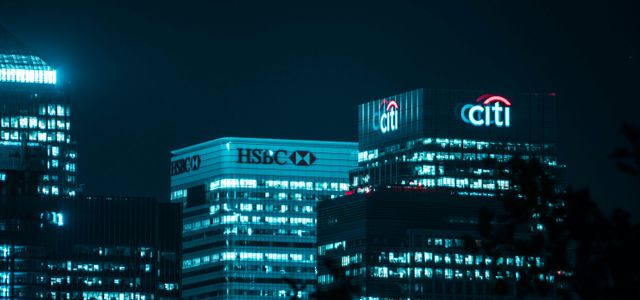
Ajman Bank Sees 14% Profit Growth in H1 2025
Summary
Ajman Bank achieved a 14% profit growth in H1 2025, supported by increased financing activity and improved operational efficiency. The bank's total assets and customer deposits saw significant growth, while its capital metrics remained robust.Ajman Bank PJSC, a renowned financial institution operating under Islamic Sharia’a principles in the United Arab Emirates, has reported a remarkable financial performance for the first half of 2025. Under the esteemed leadership of His Highness Sheikh Ammar bin Humaid Al Nuaimi, the bank has achieved a profit before tax of AED 266 million, marking a 14% increase compared to the same period in 2024.
This robust growth is primarily attributed to the bank's consistent focus on core business performance, increased financing activity, and enhanced operational efficiency. Ajman Bank's total operating income reached AED 751 million, with a net operating income of AED 399 million. The bank's total assets have increased by 17% compared to the end of 2024, reaching AED 26.6 billion, driven by a 16% growth in the financing portfolio, which now stands at AED 17.8 billion.
Customer deposits have also shown a positive trend, rising by 11% year-to-date to AED 20 billion. This growth reflects the bank's continued expansion across consumer and wholesale business segments. Additionally, Ajman Bank's total shareholders' equity has risen to AED 3.2 billion, up 4% year-to-date.
His Highness Sheikh Ammar bin Humaid Al Nuaimi expressed confidence in the bank's performance, citing its resilient business model and focused growth strategy as key factors in supporting economic development and financial sector sustainability in the UAE.
Ajman Bank's capital and liquidity metrics remain strong, with a Capital Adequacy Ratio (CAR) of 17.3% and a Tier 1 Capital Ratio of 16.1%, despite the 17% growth in the total financing portfolio. The bank's Return on Equity (ROE) improved to 15.6%, while Return on Assets (ROA) increased to 1.9%. The bank's liquidity position was further strengthened, with an improved Eligible Liquid Assets Ratio (ELAR) of 18% and a Loans-to-Stable Resources Ratio (LSRR) of 74%.
Mustafa Al Khalfawi, CEO of Ajman Bank, highlighted the strength of the bank's funding base, balance sheet, and operational model. He emphasized the bank's focus on scaling platform productivity, improving cost-to-income performance, and diversifying access to capital. The successful launch of their co-branded POS solution, real-time settlement platform, and global Sukuk issuance are indicative of the growing confidence in the bank's trajectory.
Given Ajman Bank's impressive financial performance and strong capital and liquidity metrics, investors may consider holding their current positions. The bank's strategic initiatives and growth trajectory suggest potential for continued success, making it a stable choice in the financial sector.



